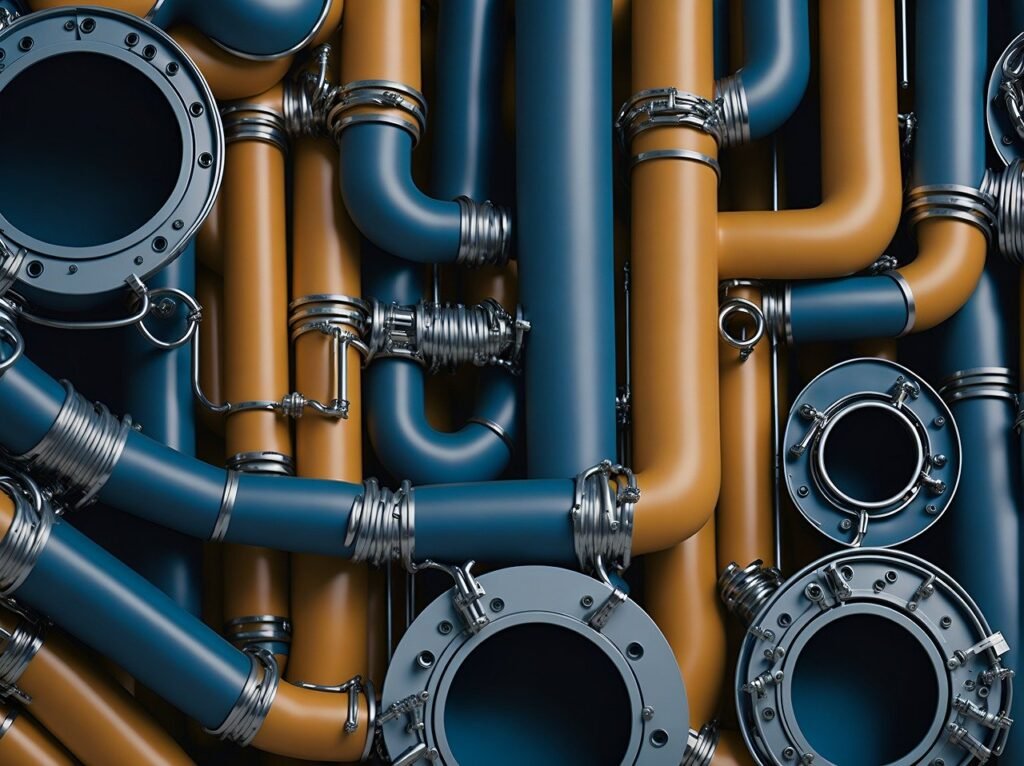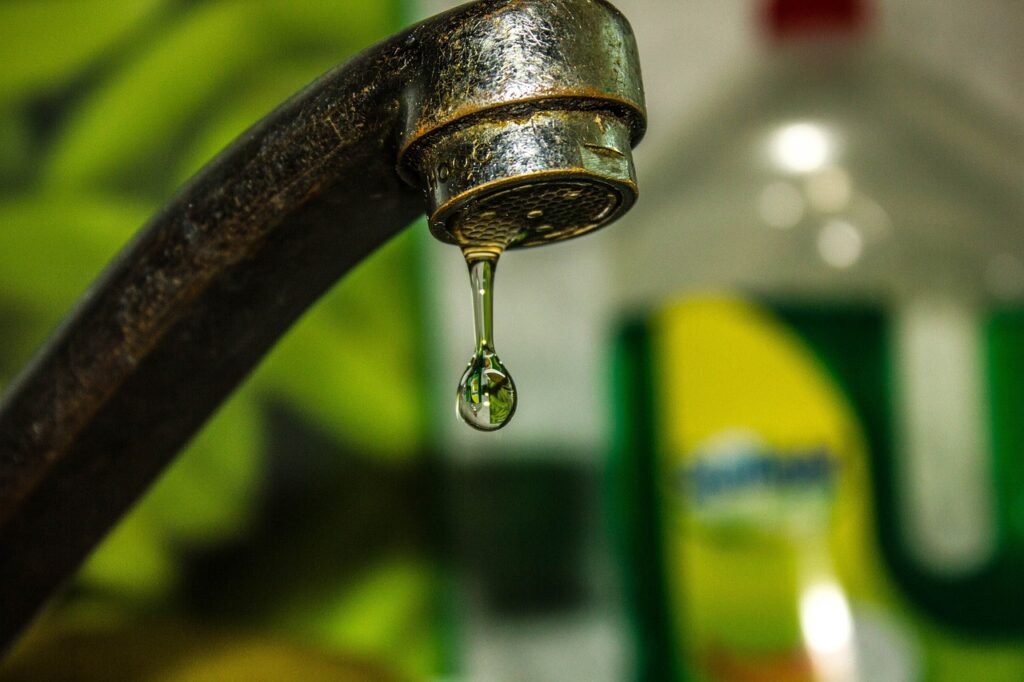
Welcome to a helpful guide on how to tackle common plumbing issues that may arise during your bathroom renovation. Whether you’re upgrading fixtures or completely overhauling the space, it’s essential to be prepared for potential challenges that can crop up with the plumbing system. From leaky faucets to clogged drains, we’ve got you covered with practical solutions to ensure a smooth and successful bathroom renovation. So roll up your sleeves and let’s get your dream bathroom project back on track! Hey there! So, you’re planning a bathroom renovation, huh? That’s exciting! But I know tackling plumbing issues can be a bit daunting. Don’t worry, I’ve got your back. Let’s work together to solve those common plumbing issues that might come up during your bathroom renovation.

This image is property of pixabay.com.
Planning for Plumbing Needs
Before you start knocking down walls or ripping up tiles, it’s crucial to plan for your plumbing needs. Think about where you want your sink, toilet, and shower to be located. Also, consider the layout of your existing plumbing system. Will you need to reroute any pipes or add new ones?
Mapping Out Your Bathroom Layout
Grab a piece of paper and sketch out your bathroom layout. Think about the best placement for your fixtures based on your daily routine. This will help you visualize the flow of your space and identify any potential plumbing obstacles.
Hiring a Professional Plumber
It’s always a good idea to hire a professional plumber for your bathroom renovation. They have the knowledge and expertise to handle any plumbing issues that arise. Make sure to research and hire a reputable plumber in your area.
Finding the Right Plumber for the Job
Ask for recommendations from friends or family members who have recently renovated their bathrooms. Look for a plumber who is licensed, insured, and experienced in bathroom renovations. Don’t be afraid to ask for references and check online reviews.

This image is property of pixabay.com.
Dealing with Leakages
One of the most common plumbing issues during a bathroom renovation is leakages. Whether it’s a dripping faucet or a burst pipe, it’s essential to address these issues promptly.
Fixing a Dripping Faucet
A dripping faucet may seem harmless, but it can waste a significant amount of water over time. Start by turning off the water supply to the faucet and then disassemble it to locate the source of the leak. Replace any worn-out parts and reassemble the faucet to stop the dripping.
Repairing a Burst Pipe
A burst pipe can cause significant water damage to your bathroom and property. If you notice a burst pipe, turn off the main water supply immediately to prevent further damage. Call a plumber to repair or replace the damaged pipe to restore your water supply.
Updating Fixtures
If you’re looking to upgrade your bathroom fixtures during the renovation, you may encounter some plumbing issues along the way.
Upgrading Your Shower Head
Installing a new shower head may seem straightforward, but you might run into issues with the water pressure or leaks. Make sure to follow the manufacturer’s instructions carefully and use thread seal tape to prevent leaks.
Replacing Your Toilet
Replacing a toilet involves disconnecting and reconnecting the water supply and sewage lines. If you encounter any issues with leaks or improper sealing, contact a plumber to ensure a proper installation.

This image is property of pixabay.com.
Ventilation and Drainage
Proper ventilation and drainage are essential components of your bathroom renovation. Inadequate ventilation can lead to mold growth, while poor drainage can cause water damage.
Installing a Ventilation Fan
Installing a ventilation fan can help keep your bathroom dry and prevent mold and mildew growth. Make sure the fan is properly sized for your bathroom and vents to the outside to ensure optimal airflow.
Clearing Clogged Drains
Clogged drains are a common plumbing issue in bathrooms. You can try using a plunger or drain snake to clear minor clogs. For stubborn clogs, consider using a chemical drain cleaner or contact a professional plumber for assistance.
Waterproofing Your Bathroom
Waterproofing is a crucial step in your bathroom renovation to prevent water damage and mold growth. Make sure to seal all seams, joints, and edges to create a watertight barrier.
Sealing Shower Enclosures
Properly sealing your shower enclosures prevents water from seeping into the walls and causing structural damage. Use silicone caulk to seal the seams and edges of your shower enclosure for a watertight finish.
Waterproofing Floors and Walls
Apply a waterproof membrane to the floors and walls of your bathroom to protect them from water damage. Make sure to follow the manufacturer’s instructions and allow the waterproofing to thoroughly dry before tiling.
Conclusion
Congratulations, you’ve successfully navigated through common plumbing issues during your bathroom renovation! By planning ahead, hiring a professional plumber, and addressing leaks, fixtures, ventilation, drainage, and waterproofing, you’ve set yourself up for a successful renovation. Remember, if you encounter any unexpected plumbing issues, don’t hesitate to seek help from a professional plumber. Happy renovating!

